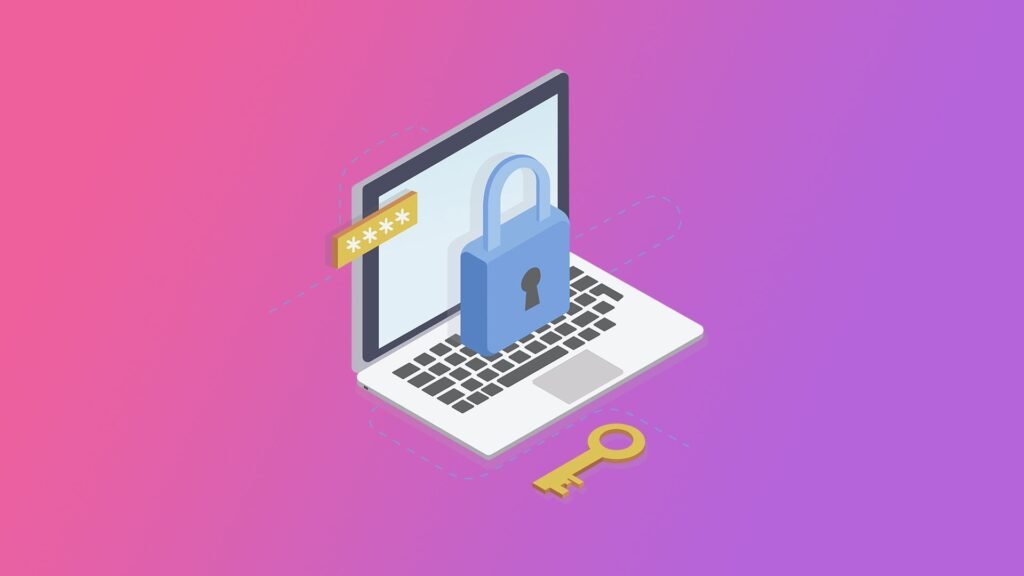Tips for Staying Safe Online with Modern Technology
In today’s digital age, staying safe online is crucial as technology continues to evolve. With the rise of cyber threats, privacy breaches, and online scams, protecting your personal information and ensuring a secure online experience is more important than ever. Here are some essential tips for staying safe online with modern technology.

Use Strong, Unique Passwords
Creating strong and unique passwords is a fundamental step in protecting your online accounts from unauthorized access.
- Create Complex Passwords: Use a combination of letters, numbers, and special characters. Avoid common words and easily guessable information like birthdays.
- Use Password Managers: Tools like LastPass or 1Password can generate and store complex passwords, so you don’t have to remember them all.
Enable Two-Factor Authentication
Two-factor authentication (2FA) adds an extra layer of security to your online accounts by requiring a second form of verification.
- How 2FA Works: After entering your password, you’ll need to provide a second factor, such as a code sent to your phone or an authentication app.
- Enable 2FA: Activate 2FA on your accounts through settings to enhance your account’s security.
Keep Software Up-to-Date
Regularly updating your software ensures that you have the latest security patches and features to protect against vulnerabilities.
- Update Regularly: Enable automatic updates for your operating system, apps, and antivirus software to receive the latest protection.
- Check for Updates: Manually check for updates if automatic updates are not available.
Be Cautious with Public Wi-Fi
Public Wi-Fi networks can be insecure and are often targeted by hackers to intercept data.
- Use a VPN: A Virtual Private Network (VPN) encrypts your internet connection, making it safer to use public Wi-Fi.
- Avoid Sensitive Transactions: Refrain from accessing sensitive information or making financial transactions on public Wi-Fi networks.
Beware of Phishing Scams
Phishing scams trick users into revealing personal information by pretending to be a legitimate source.
- Recognize Phishing Attempts: Be cautious of emails or messages that ask for personal information or contain suspicious links.
- Verify Sources: Contact organizations directly if you receive unexpected requests for sensitive information.
Protect Your Personal Information
Safeguard your personal information by being mindful of what you share online and how it’s used.
- Limit Sharing: Avoid sharing excessive personal details on social media or websites that don’t require them.
- Check Privacy Settings: Review and adjust privacy settings on social media platforms to control who can see your information.
Use Reliable Security Software
Installing and maintaining reliable security software can protect your devices from malware, viruses, and other threats.
- Install Antivirus Software: Use reputable antivirus programs to scan for and remove threats from your devices.
- Enable Firewall: A firewall helps block unauthorized access to your computer and network.
Monitor Your Online Accounts
Regularly monitor your online accounts for any suspicious activity or unauthorized access.
- Check Account Activity: Review account statements, login history, and recent transactions to spot any unusual activity.
- Set Up Alerts: Enable alerts for login attempts and transactions to receive notifications of suspicious activities.
Educate Yourself About Cybersecurity
Staying informed about the latest cybersecurity trends and threats can help you better protect yourself online.
- Read Security News: Follow cybersecurity news and updates to learn about new threats and security practices.
- Take Online Courses: Consider taking online courses or webinars on cybersecurity to enhance your knowledge and skills.
Back Up Your Data
Regularly backing up your data ensures that you can recover your information in case of a loss or cyber attack.
- Use Backup Solutions: Utilize cloud storage services or external hard drives to back up important files and data.
- Automate Backups: Set up automated backups to ensure your data is regularly saved and protected.
Practice Safe Browsing Habits
Safe browsing habits can help protect you from online threats and improve your overall internet security.
- Avoid Suspicious Links: Don’t click on links from unknown or untrusted sources.
- Use Secure Websites: Look for “https://” in the URL and a padlock icon to ensure the website is secure before entering sensitive information.
Conclusion
Staying safe online with modern technology involves using strong passwords, enabling two-factor authentication, and keeping your software up-to-date. By being cautious with public Wi-Fi, avoiding phishing scams, and protecting your personal information, you can enhance your online security. Implement these tips to safeguard your digital presence and enjoy a safer online experience.



